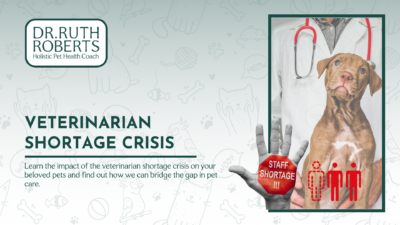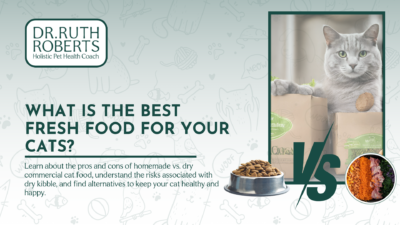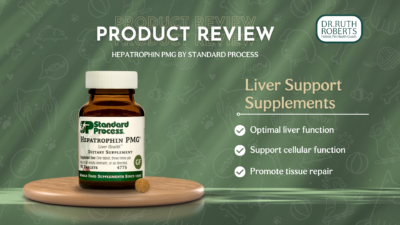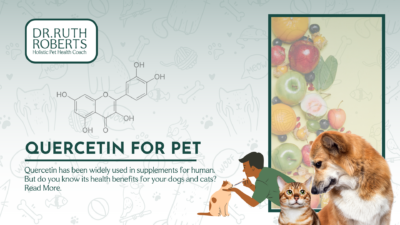Tips for Kitty Dental Care at Home
Establishing a good dental care routine for your cat at a young age is critical for their long-term health and happiness. It will not only protect your cat from diseases like gingivitis, but it will also keep their breath smelling fresh.
In this blog, let us know how the wellness of dental aspects of our feline loved ones is vital for them and the need for the fur parents to address those adequately.
Cats and Dental Health
Dental disease affects half to ninety percent of cats over four.
Wild or outdoor cats consume rodents, including fur (flossing motion) and bones (abrasive action). Cats are carnivores by nature. Their digestive tract is geared to handle much protein and minimal carbs. In contrast, flatter human teeth are built for grinding, with a distinct set of teeth designed for ripping and tearing. They also lack the enzymes that humans have in our mouths to combat germs.
Your indoor cat, that deadly predator, is unlikely to regularly trap and consume mice or other small rodents. Without it, your domestic cat is unlikely to get enough dental treatment and may develop dental disease.
Is dental care necessary for cats?
Animals are unable to express vocally when they are in pain or ill. This emphasizes the need to develop preventive rather than reactive health routines for your dogs, particularly for their dental health care. It’s also crucial to keep an eye on your cat’s teeth and gums to ensure they’re constantly in good condition.
Many cats over the age of three have tooth and gum issues. This is because cats’ teeth tend to acquire germs, debris, and plaque from their food. This bacterial coating hardens into tartar over time, irritating their gums and ultimately leading to gingivitis and tooth loss. The tartar scale may become irreparable under challenging situations, and cats often need a tooth extraction to relieve discomfort.
Many pet owners are startled to hear that their pet’s dental health directly influences their pet’s overall health. Your pet’s heart pumps blood across their whole body rapidly, implying that the blood that flows through your lips will also move through their internal organs.
Pain and inflammation in a cat’s mouth may make it difficult to eat or drink, and germs can enter their circulation, causing kidney and other organ damage.

How do I take care of my cat's teeth?
There are various methods for providing adequate cat dental care. All of them need your effort and devotion as a cat owner. Because your feline buddy will not inform you whether they need dental care, it is up to you to take care of it.
It is essential to have all of the necessary tools for your cat’s regular tooth cleaning practice. Complete dental kits are available at veterinary clinics and pet retailers. Under no circumstances can cats’ teeth be cleaned with human toothpaste. The high quantities of fluoride often seen in human toothpaste may make your cat seriously sick if consumed, and since you have little control over how much toothpaste they swallow, it’s critical to prevent this. Fluoride-free cat toothpaste is widely available and often flavored with beef or chicken.
- Adequate oral health begins with a good diet.
- When your cat is young, start cat teeth cleaning program.
- Cats should get semi-annual checkups.
- Keep an eye out for indicators of potential dental problems, such as the poor breath.
- Inform your veterinarian about any unusual behaviors or concerns you experience during the visit.
- Early prevention is critical for preventing or curing significant dental disorders.
- Brush your cat’s teeth using sterile gauze strips or a rubber toothbrush or finger brush explicitly manufactured for cats. Cradle them from behind to make them feel safe and supported, then gently tilt their heads back, raise their chin to open their lips, and allow you to reach their teeth. Never, ever use dental floss. Due to the potential for ingesting and intestinal harm, it’s a typical home object that offers a serious threat to cats.

What dental care do cats need?
There are many ways to primarily identify the situation of your cat’s dental health – the health of their mouth, how to keep it clean, and even ways to keep your cat’s teeth clean, which can lead you to identify some common dental problems.
However, oral exams and x-rays under anesthesia are required for effective cat teeth cleaning to detect any dental problems that may be present adequately. Most dental disease in cats occurs behind the gum line, and many feline resorptive lesions form in the teeth of cats, and these are cavity-like lesions on the tooth’s surface above or near the gumline. These may, however, occur below the gumline. These lesions form when the cat’s cells damage the tooth structure, which may be painful.
The following are the three most effective methods for promoting dental health:
- Diet and Nutrition
- Regular professional dental examinations
- A dental care regimen at home
Also, there are lots of feline dental care products and even vet-formulated innovation that tackles more than just tartar which can be one of the remedies you may need in helping your feline baby. But regardless of indications or symptoms, your cat should receive a dental examination at least once a year.
How often should a cat's teeth be cleaned?

Well, you may facilitate your cat’s dental care at home! Brushing their teeth twice a day is the most effective strategy to reduce the growth of the dental disease. Because adult cats may be reluctant to clean their teeth, it’s a good idea to start getting them acclimated to the procedure and having your fingers in their mouth while they’re kittens.
How can I clean my cat’s teeth naturally?
When it comes to cat dental care, some human assistance is unavoidable. Fortunately, taking a few basic measures to care for your cat’s mouth is straightforward, as long as you get them acclimated to having their teeth cleaned early in life. Your veterinarian may also prescribe and offer you a range of treatments to maintain your teeth and gums in good health, as well as to conduct yearly professional cleanings to avoid the start of dental disease.
Now here are some cat dental cleaning procedures for those confused about how to clean their cat’s teeth:
- Use a toothbrush or dental wipe removes plaque mechanically, preventing it from hardening into tartar. It is preferable to clean your cat’s teeth regularly since plaque builds within twenty-four hours.
- Dental rinses may also help delay the growth of the dental disease. Dental rinses are designed to minimize the development of plaque and tartar.
- Dental chews and diets are a more passive method of preventing dental problems in your cat. Eats and diets are designed so the cat chews the kibble or treats, allowing mechanical plaque clearance. The critical point is that your cat must chew the treat or kibble! Unfortunately, swallowing the piece whole will not benefit your cat’s oral health.
Conclusion
In summary, most cats suffer from dental problems. Many cats develop substantial gingivitis and periodontal disease by age four; it is a slow-moving but significant condition that causes discomfort and impacts general health and well-being. It cannot be identified easily as cats exhibit no evidence of dental pain.
They learn to deal with the discomfort connected with dental disorders since it develops gradually over time. That is why all cats must check for their dental health by a veterinarian at least once a year.
Dental disease is dangerous and may raise your cat’s risk of some malignancies, heart and lung disorders, gastrointestinal difficulties, and renal disease. Consistent dental care will increase your cat’s happiness and capacity to resist illness.
Your cat’s annual checkup is an excellent opportunity to discuss their oral health with your veterinarian and learn about the preventative care, treatments, and regular home routines they prescribe.
Dental disease is quite frequent in cats, with 70% having some tooth disease by the age of two. Brushing, chewing, treats, and rinses for your cat’s teeth are the initial steps in halting the onset of dental disease.
However, if gingivitis develops, your cat’s mouth will need a dental cleaning under anesthetic to restore health. Consult your veterinarian to determine the best course of action for your feline family.
You can help keep your cat healthy and happy by taking care of their oral health!














